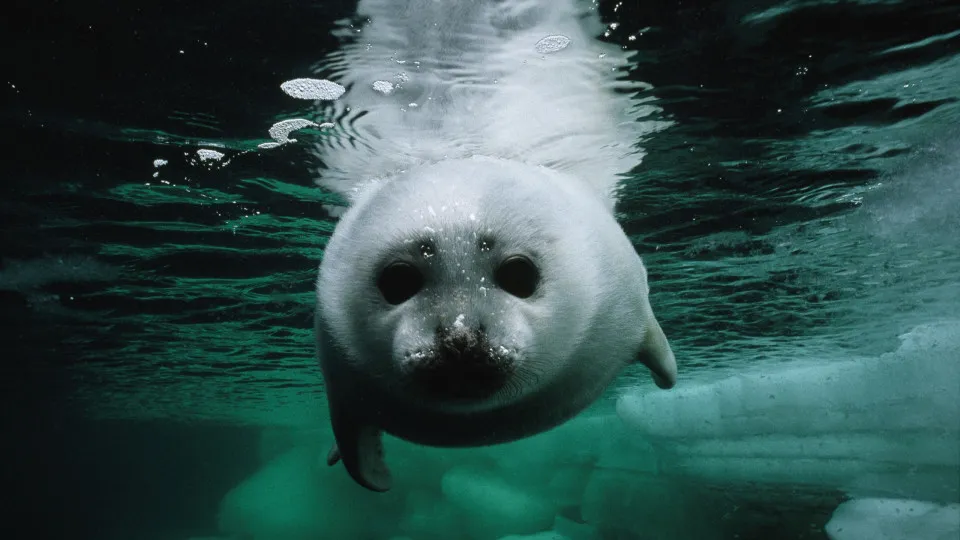According to the annual assessment from the International Union for Conservation of Nature (IUCN), released on October 10, the latest Red List of Threatened Species puts the spotlight on the danger of the extinction of Arctic seals and the decline of the global bird population due to climate change, deforestation, and agricultural expansion.
Conservation efforts are essential if something is to be done, as shown by the rare success of the green sea turtles, which have recovered substantially from the brink of endangered species status, according to the report.
Scientists have warned of the dangers and consequences of climate change, deforestation, and the exploitation of our planet's natural resources for decades now. Sadly, these consequences are already becoming a reality. In addition to rising water levels and agricultural failures around the world, a huge number of species, from fish to mammals to plants, have also been disappearing. Scientists believe the Earth has already gone through five mass extinction events, and many fear that we are already in the midst of a sixth. Hundreds of species of organisms have disappeared in the 21st century alone.
Want to know what some of those lost species are? Read on to find out.



